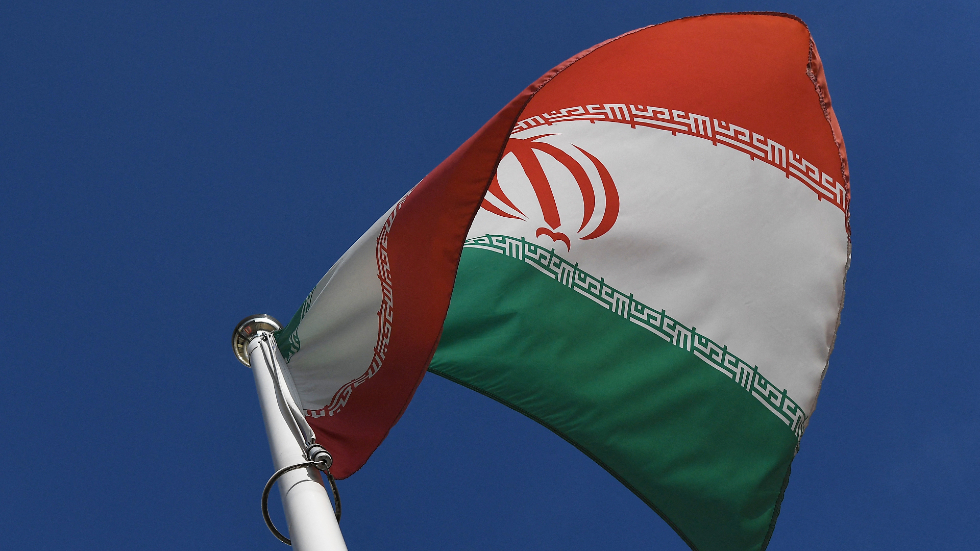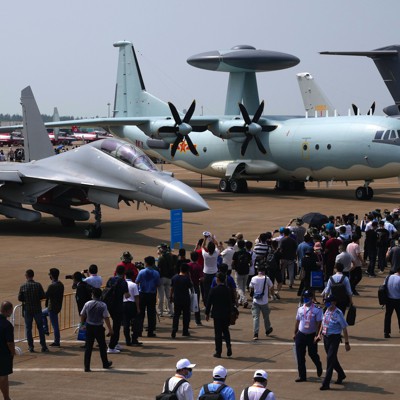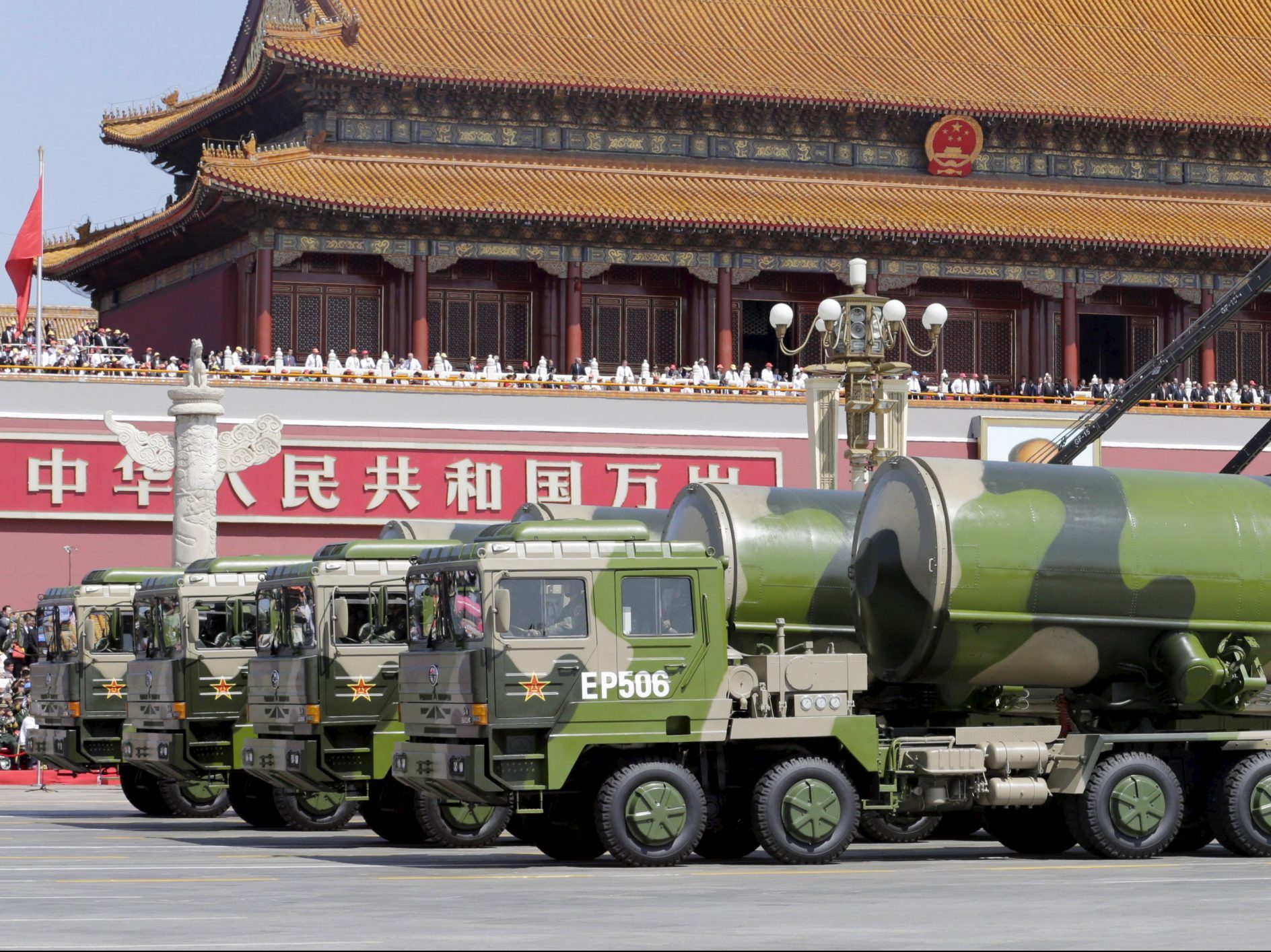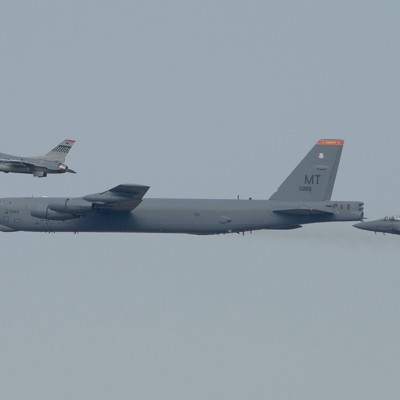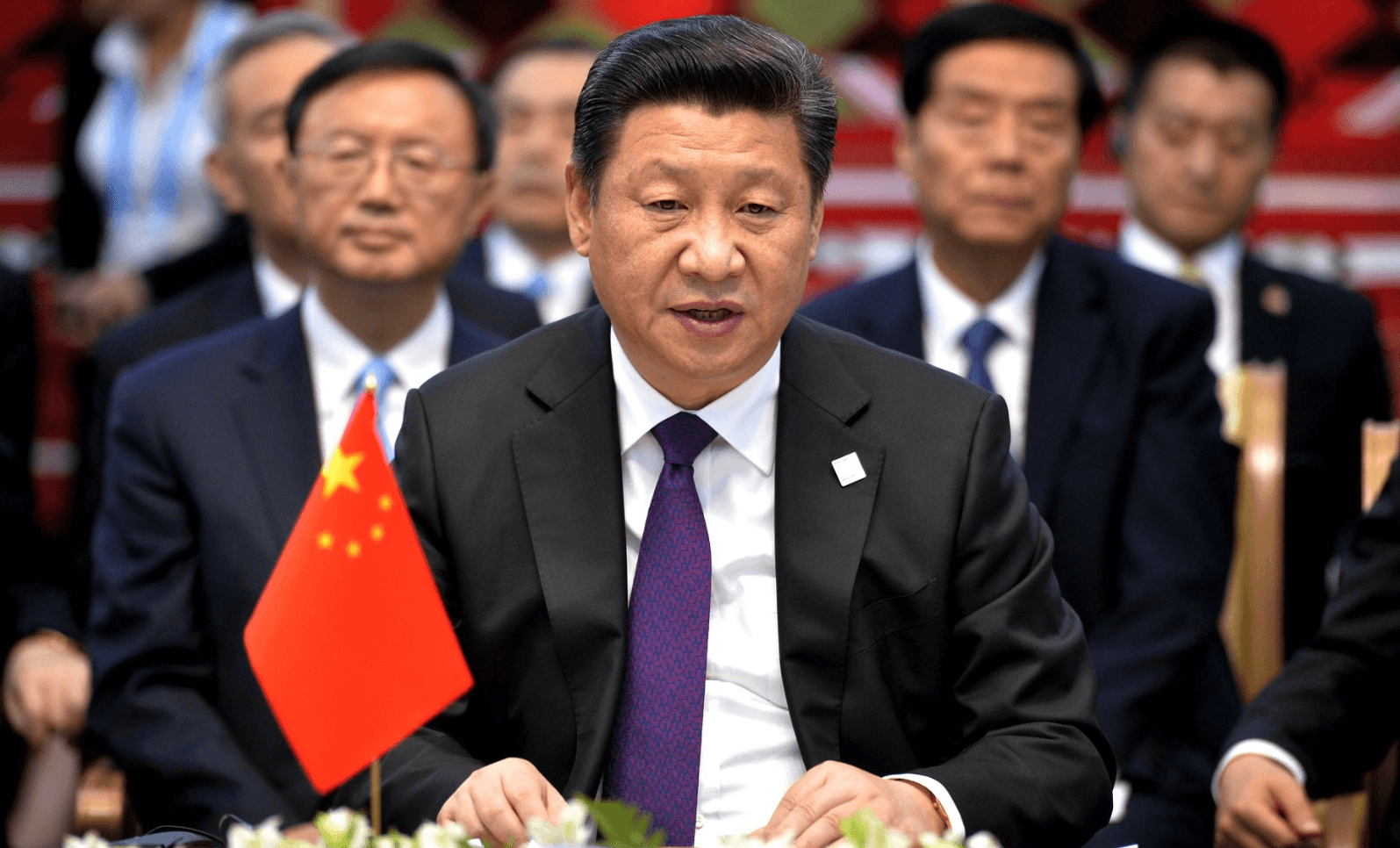America's current nuclear deterrent is based on the 1960s Cold-War relic known as MAD (Mutual Assured Destruction), which assumed the U.S. could absorb a surprise first strike against our nuclear forc

www.realcleardefense.com
If one invokes math for one's argument, one might want to make sure the math actually supports the point.
Despite our having ~1,400 deployed strategic nuclear warheads, they are postured such that a surprise attack by approximately 70 – 100 Russian or Chinese missiles—a fraction of their total nuclear forces—could soon undermine our "assured" retaliatory capability. How can that be?
Easy: It can't. This number of enemy missiles may suffice to take out the airborne and terrestrial legs of the US nuclear triad in a scenario with absolute worst case assumptions. But even that leaves the USN submarine force, by far the most powerful leg, intact for a debilitating retaliatory strike. Job done - MAD works.
Nevermind a consideration of what the same math must look like from the Chinese perspective, if you think the US has cause to worry here. In any case, the US very successfully dealt with a Soviet arsenal larger than its own over the latter quarter to third of the Cold War era.
Most worrisome are the new heavy Russian and Chinese missiles estimated to be armed with 15 and 10 nuclear warheads, each of which can be aimed at individual targets once their launchers boost them into space.
The R-36M2 at least has been around for more than 30 years. Didn't harm the principle of MAD (and the US voluntarily threw away a golden opportunity to get rid of it by treaty means in 2002).
Russia is ahead right now as it builds toward several 1,000 nuclear warheads, and China is moving rapidly toward a similar end.
So Russia is in breach of New START, which limits them to <1500 strategic warheads? Evidence? In stark contrast to the longstanding and very public conflict about Russian INF violations, no allegations about New START violations have ever been substantiated. Or have we subtly dropped the "strategic" qualifier now? That makes no sense in the given context of MAD, which is firmly strategic, but even disregarding that, the Russian tactical warhead numbers have in fact been stagnating at best, usually decreasing in recent years.
... assuming that emerging Russian or Chinese technologies have not enabled knowledge of the submarine positions and a way to attack them
This is a gross distortion. It is the scenario of submarine detection technology making such a quantum leap which is founded on unproven assumptions, not the other way round. A quantum leap more over which eluded the US, and of which the UK and France - which rely entirely on submarines for deterrence - are blithely unaware. Come on

Whoa! If MAD worked as advertised, there would have been no disarming first strike!
There has been? I must have managed to miss it... Or is the argument that MAD failed because the author deliberately assumed its failure for argument's sake? Genuinely baffled by this apparent circular logic. Whoa, indeed!
For one thing, significant Russian, and possibly soon Chinese, missile defenses could blunt the effectiveness of such retaliation (~10,000 Russian air- and missile-defense interceptors and demonstrated Chinese “space operations” capabilities).
"Math", again. There are currently 64 Russian missile defence interceptors available to counter a US SLBM retaliatory strike, and all of them are defending a grand total of one target. One. If that's such a big worry, what's the US BMD shield which defends the entire nation going to look like from a Russian perspective? Aegis Ashore on its doorstep? SM-3 with a proven anti-ICBM capability in potentially thousands of VLS cells on almost a hundred Aegis ships which can freely roam the world's oceans?
Quite apart from that, the US willingly abrogated a treaty which placed very tight limits on Russian strategic missile defences, such that the incipient S-500/550 would not exist. Who is to blame for this problem if not the US itself? Kind of a point to bear in mind when advocating an increase in US missile defences as a solution and disagreeing with the argument that this is destabilizing. Any national and numerically large-scale BMD the US nuclear triad might have to contend with in future, along with heavy Russian MIRVed missiles, can be traced squarely to US policy on missile defence...
